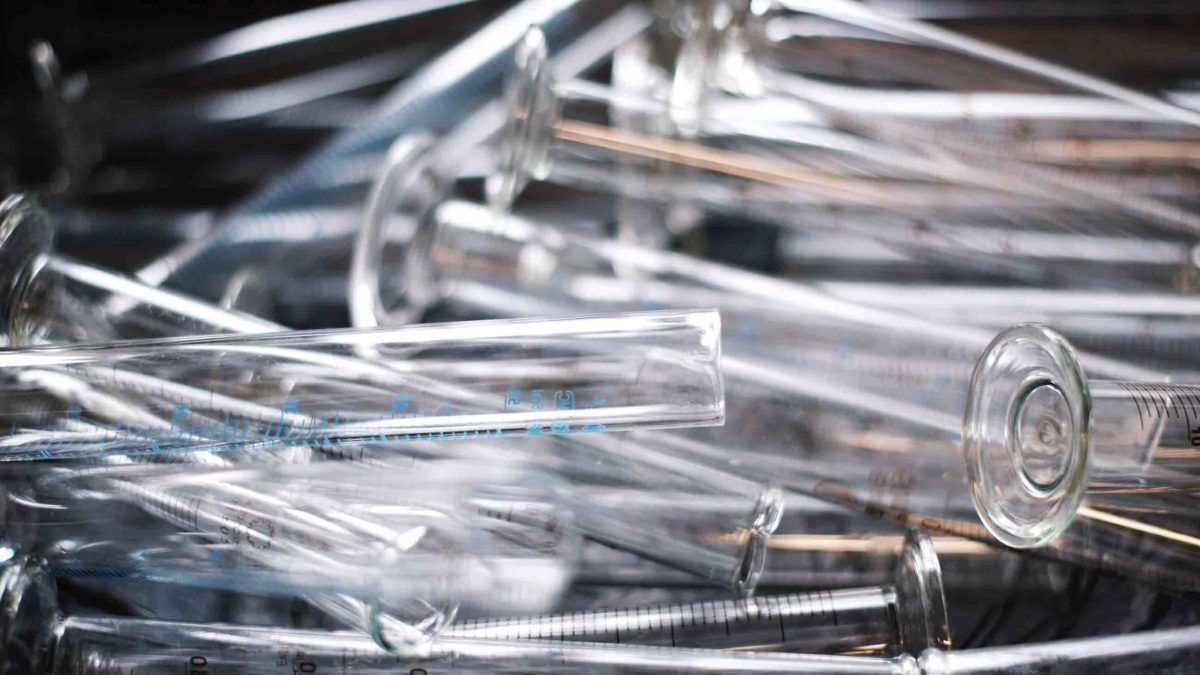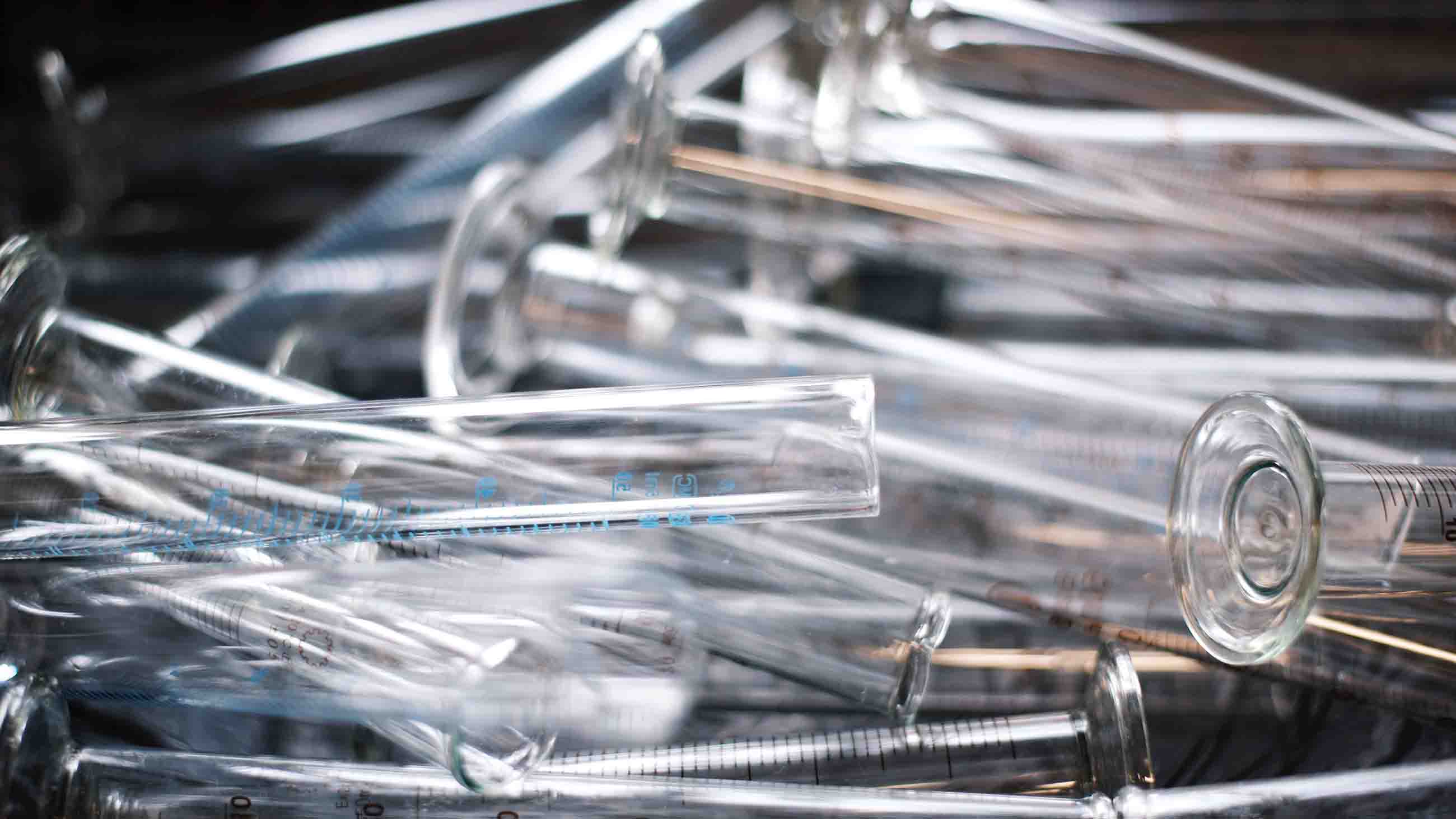Astrophysicist Lawrence Krauss, neuroscientist Thomas Jessell, and cancer biologist Inder Verma share a prestigious distinction: All have been selected as fellows of the American Association for the Advancement of Science (AAAS).

As some government agencies, scientific organizations, and universities bolster policies on sexual misconduct and harassment, others lag behind.
Visual: Chuttersnap/Unsplash
The three men have also been accused of sexual misconduct or harassment, and members of AAAS, which describes itself as the world’s largest general scientific society, will soon have some recourse when such charges are shown to have merit. A new policy adopted by the organization last week will allow members to request revocation of the fellowship honor for anyone found to be in violation of professional ethics. “Harassment has no place in science,” said Margaret Hamburg, the president of the organization, which publishes the journal Science.
The new policy, which is set to go into effect in October, will require those making requests to provide an investigative report or a public announcement of its findings, rather than relying strictly on anecdotal evidence or media coverage. And the change at AAAS was followed by a similar move at the National Science Foundation, a major federal supporter of university research, which will now require institutions that receive its grants to report findings of sexual harassment. It also comes one day after a court in New Delhi ordered Rajendra Pachauri, the former head of the United Nation’s Intergovernmental Panel on Climate Change (IPCC), to stand trial on criminal charges that he sexually harassed a former female colleague.
The efforts to ensure a measure of comeuppance for harassers and other bad actors within the sciences was welcomed by some, but critics argued that reporting procedures — and consequences for the guilty — are far from universal across government agencies and academic institutions. On Monday, the launch of an anti-sexual harassment website from the National Institutes of Health, which spends more than $30 billion a year on medical research, was met with little praise, for example. While the website encourages people to report allegations of sexual harassment, critics lamented that it provides little information about how the agency would respond.
And last week, faculty, students, and alumni at Yale University expressed outrage when an endowed chair was awarded to cardiologist Michael Simons, who was found guilty of sexually harassing a postdoctoral researcher back in 2014. University officials countered that they had simply transferred Simons from one endowed chair to another, after family members of the former dean for whom Simons’ original chair was named requested his removal.
Many critics within the Yale community, however, found that explanation wanting. “That’s an extreme honor,” Lynn Fiellin, an associate professor of medicine at the school, told The Washington Post, “and he doesn’t deserve something honorable in this context.”
Also in the news:
• Science may well be built on the accumulation of objective, verifiable facts, but is science journalism? The answer to that, if a new analysis of fact-checking in the science press is correct, would seem to be … sort of. Compiled under the auspices of the Knight Science Journalism Program at MIT, which also publishes this magazine, the report represents a broad, if unscientific survey of the in-house quality-control operations in place (or not), at dozens of publications, as well as polling of, or interviews with, journalism educators, editorial staffers, and working fact-checkers. The results presented a somewhat fractured landscape, with practices and even perceptions varying widely across publications and among individual journalists, though most agreed that fact-checking improves the quality of science journalism — and that more of it would be better. More formalized training, as well as guidelines and best-practices that could be shared across industries, would also be helpful, the study found. Whether and how all that might come to pass in an industry still beggared by technology shifts and revenue shortfalls remains an open question, but the stakes, some veteran journalists insist, are too high to ignore. “Facts,” said a science producer for PBS NewsHour, “are our lifeblood.” (Columbia Journalism Review)
• The Trump administration has officially rescinded an Obama-era environmental rule that would have reigned in leaks of methane gas in drilling operations on federal and tribal land. In a report released this week, the Department of the Interior concluded that the economic burden the rule placed on the energy industry outweighed any benefits of curbing emissions of the potent greenhouse gas. The long-expected reversal is the latest in a series of environmental policy rollbacks that, together, “effectively put an end to the United States’ most significant regulatory efforts to address global warming,” The New York Times reports. Oil industry executives are applauding the move. The American Petroleum Institute’s Erik Milito says the Obama-era regulations “could have taken a lot of wells out of service, which is counter to what we’re trying to achieve here by making our country more self-reliant and less dependent on foreign sources.” But the decision is drawing sharp rebukes from environmental groups, who consider it a gift to the oil and gas industry. “This is a complete dismantling of federal methane regulation in the United States,” the Environmental Defense Fund’s Matt Watson told The Times. (NPR, The New York Times)
• Here’s one type of pasta you wouldn’t want to bite: A new study has determined that nuclear pasta, the material that is thought to make up the inner crust of neutron stars, could be the strongest material in the known universe. Neutron stars are formed when a dying star explodes in a supernova. They have high gravity and are extremely dense— about 100 trillion times denser than water. This density could cause the protons and neutrons just under the star’s surface to group together to form shapes like spheres, cylinders, and flat planes reminiscent of gnocchi, spaghetti, and lasagna. A team of researchers ran computer simulations that took 2 million combined hours of processing time to stretch this nuclear pasta, and they found that the force required to break it was higher than for any other material. They estimate that it could be 10 billion times stronger than steel. Currently, nuclear pasta has not been observed in real life, but researchers are hoping to confirm its existence by detecting gravitational waves from neutron stars, which would only be produced if the neutron star’s surface or inner crust contains lumps of dense material. (Science News)
• As rains from Hurricane Florence continue to inundate North Carolina, the state’s agriculture industry is feeling the effects. As the country’s second largest producer of pork, and one of the biggest producers of poultry, most of North Carolina’s large-scale farms (also known as concentrated animal feeding operations, or CAFOs) are located in low-lying areas in Sampson and Duplin counties. As of Tuesday, 3.4 million chickens and turkeys had drowned in the flooding, along with nearly 6,000 pigs, surpassing livestock deaths those Hurricane Matthew in 2016. At the same time, feces and urine overflowing from dozens of hog lagoons could spell trouble for the state’s waterways. Waste from pigs housed in CAFOs is collected large open-air pits, where it is broken down by anaerobic bacteria and later used as fertilizer. And while these pits are designed to withstand a good amount of rainfall, flooding from Florence has meant dozens have already or are very close to overflowing. (New York Times)
• After a hunt lasting more than a decade, California scientists have located human stem cells capable of regenerating bone and cartilage, successfully inducing such new bone tissue growth in experiments in mice. The work, reported Thursday in the journal Cell, is still in a very early and experimental stage. But scientists not involved in the study called it real progress toward new treatments of everything from crippling bone injuries to osteoporosis; “an extremely important advance” in the words of a Harvard geneticist. The new research was led by Michael Longaker, a plastic surgeon at Stanford University’s medical school, who has dedicated years of study to the search for bone tissue stem cells. He and his team were eventually able to cull them out of a range of sources, from fetal bones to adult fat cells, and then use them to generate new bone growth in a mouse model. Longaker acknowledged that it may be years before that success can be translated into medical practice for humans, but added that he believes the use of the stem cells will eventually be found useful in treating stubborn problems ranging from damaged joints to aging bones. (Science)
• And finally: This week, Elon Musk and Japanese billionaire Yusaku Maezawa announced that Maezawa will be the first human aboard a private SpaceX rocket to the moon, escorted by six to eight artists that Maezawa will select to join him. “Finally, I can tell you that I choose to go to the Moon! I choose to go to the moon with artists!” Maezawa said as he announced his anticipated trip while at a SpaceX event. The group will board the future SpaceX Big Rocket Falcon (BRF) as early as 2023. Maezawa, 42, is founder of Japan’s largest online clothing retailer, Zozotown, and has a current net worth of $2.9 billion, according to Forbes. Musk said Maezawa approached SpaceX with the idea for the flight and made a substantial contribution toward the development of the BRF. SpaceX has yet to launch anyone to space, but the company hopes to send a two-person in a capsule by mid-2019. (The Verge)










